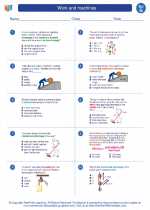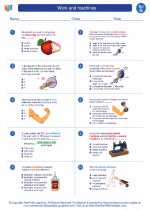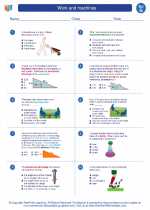Polar Regions
The polar regions are the areas around the North and South poles of the Earth. These areas are characterized by their extreme cold temperatures, with the North Pole being located in the Arctic region, and the South Pole being located in the Antarctic region. The polar regions play a crucial role in regulating the Earth's climate and are home to unique ecosystems and wildlife.
Key Concepts to Study
- Climate: Understand the extreme cold temperatures and harsh weather conditions that are characteristic of the polar regions.
- Geography: Learn about the geographical features of the Arctic and Antarctic regions, including ice caps, glaciers, and icebergs.
- Wildlife: Explore the unique animals and ecosystems that exist in the polar regions, such as polar bears, penguins, and seals.
- Environmental Impact: Investigate the environmental issues affecting the polar regions, including climate change and melting ice caps.
- Exploration and Research: Discover the history of exploration in the polar regions and the scientific research being conducted there.
Study Tips
- Read about the unique adaptations of animals in the polar regions to survive in extreme cold conditions.
- Explore the impact of climate change on the polar ice caps and the implications for global sea levels.
- Watch documentaries or videos about expeditions to the North and South Poles to gain a better understanding of the challenges of living and working in these regions.
- Review maps and satellite images to visualize the extent of the polar ice caps and the surrounding ocean.
- Research the efforts being made to protect the polar regions and their wildlife, and consider ways to contribute to conservation efforts.






